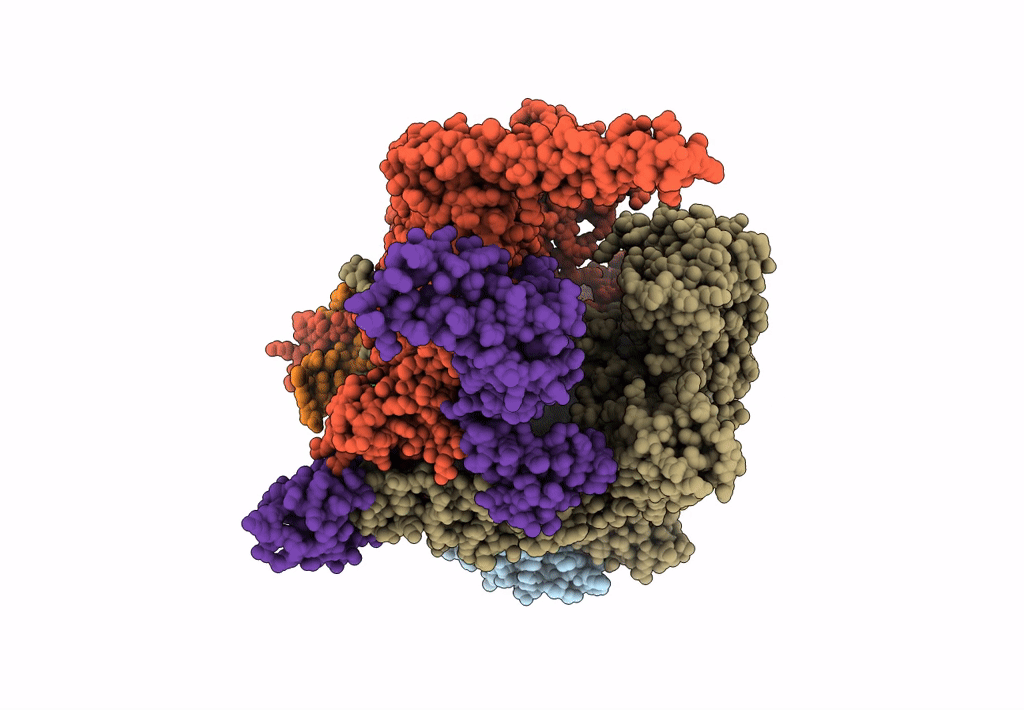
Deposition Date
2017-12-19
Release Date
2018-02-28
Last Version Date
2024-05-15
Entry Detail
PDB ID:
6FBV
Keywords:
Title:
Single particle cryo em structure of Mycobacterium tuberculosis RNA polymerase in complex with Fidaxomicin
Biological Source:
Source Organism:
Host Organism:
Method Details:
Experimental Method:
Resolution:
3.52 Å
Aggregation State:
PARTICLE
Reconstruction Method:
SINGLE PARTICLE


